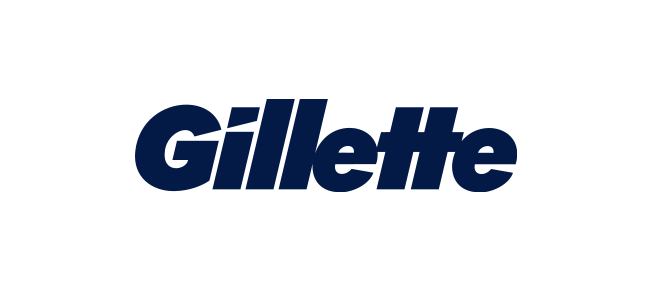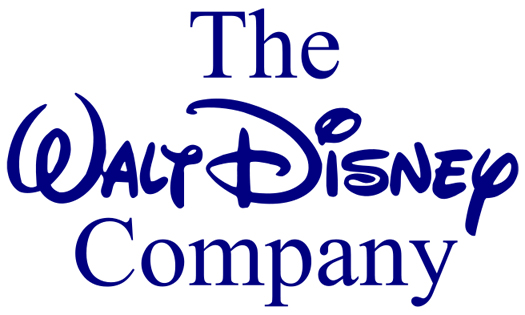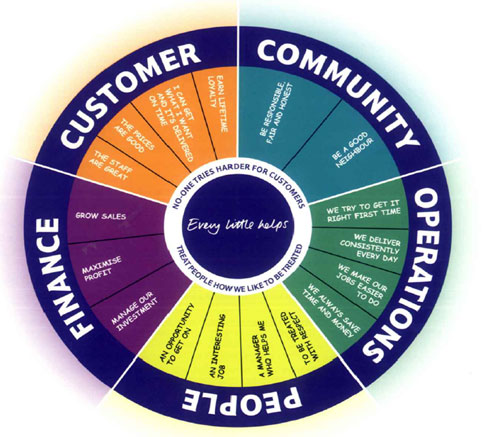For most of the last fifteen years, the U.S. airline industry has been one of the least attractive to be in. Following the 1978 deregulation of the industry, twenty-nine new airlines entered the industry between 1978 and 1993- This rapid increase in air line carrying capacity led to a situation of overcapacity. As more and more airlines chased passengers, fares were driven down to levels barely sufficient to maintain the prof itability of U.S. airlines. Indeed, twice since 1978 the indus try has been engulfed in an intense price war–first in the1981-1983 period and then again in the 1990-1993 period. So intense did the com petition become during these two periods that in 1982 the whole industry lost $700 million, Continue reading
Business Analysis Case
Case Study: The Not-So-Wonderful World of EuroDisney
The Walt Disney Company is the parent company of Euro Disney and other Disney company in various countries making it a network of international family entertainment network in all house hold around the world with four business diversification which are media networks, parks and resorts, studio entertainment and consumer products. Disneyland, Disney world and all places Disney have been known as the happiest place on earth, the goal of Walt Disney is opening Disneyland was not to just be a theme park, but to be a theme park that the entire family could enjoy. Although the Walt Disney Company was founded in 1938, it was not until 1952 that the theme park, Disneyland, was opened to the public. When Walt Continue reading
Case Study of Apple: Competitive Advantage Through Innovation
Apple Inc. is an American consumer electronic company which designs, develops manufactures and supports the well-known hardware products such as Macintosh computers, the iPod, the iPhone and the iPad. Most of Apple’s products seem to be a trigger of revolution in electronic market and this reason contribute Apple as a market leader. The main strategy to run its business is not only creating new innovation product but also incremental improvement. The strength of Apple is “think different”. With innovative ideas and aesthetic designs, Apple has changed how people listen to music and communicate. One of the success products of Apple is iPhone which is a revolutionary device. It combined the feature of music device (iPod) and mobile phone technology with Continue reading
Case Study: Product Innovation at Gillette
Gillette is considered as the first choice of both male and females. Both genders 16 years of age or above are the target market for Gillettes shaving products. The brand marks its success to a passion for innovation and new product development. The Gillette Company was established in 1901 and then acquired by Procter and Gamble in 2005 for US$57 billion. After the success revealed by Gillette in its third-quarter results in October 2004, the company launched several new products, including the M3Power razor for men, the Venus Divine razor for women, and two new electric toothbrushes, the Professional Care 8000 and the Sonic Complete. Since the inception of Gillette, a strong commitment to innovation has kept the company razor Continue reading
Case Study: Walt Disney’s Business Strategies
Walt Disney Company is a $27 billion a year Global Entertainment giant which is an American based company was started by Walter Disney in venture with his brother named Roy O Disney in 1923. In 1928, Walt Disney created Mickey Mouse for which Walt wanted to call his character “Mortimer” but his wife convinced him to be called as “Mickey Mouse” and since then Mickey has been a classical hit for Walt Disney. In 1937 Disney presented their first feature full length Musical animated movie called “Snow white and the seven dwarfs” which is still a huge hit and remained in the hearts of its consumers forever. Walt Disney recognizes what is customer value in Disney brand. They value a Continue reading
Tesco’s Steering Wheel: A Tool for Strategic Value Creation and Business Transformation
In early 90’s Tesco faced a stiff competition from various other retailers in the industry and thus its revenues showed a downfall. At that point Tesco could not differentiate itself from the other competitors. Later under the leadership of then CEO Ian Mac Laurin it went through an image makeover, and acquired other retailing outlets like William Low; with which it reached just up to the sustenance mark. Later Terry took over as the CEO of the Company and aimed to make the company value driven. Tesco in early 70’s had acquired a lot of other retailer companies but faced a problem of integrating them, more over Tesco stores were small and ill equipped. The company only focused on price Continue reading




